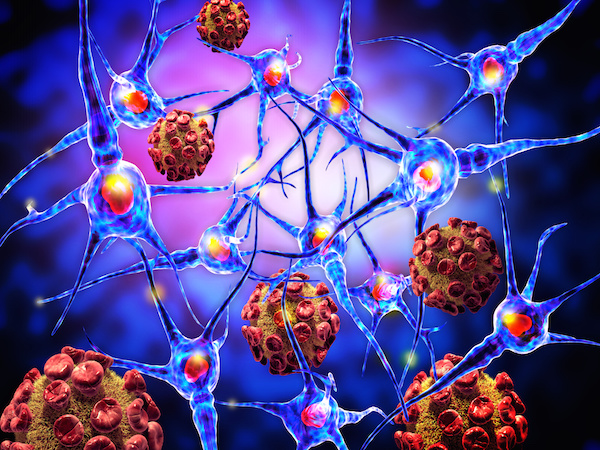
WEDNESDAY, March 26, 2014 (HealthDay News) — Scientists say they’ve constructed an “atlas” that maps the ways human genes are turned on and off, offering potentially important new insights into health and disease.
The new atlas builds on the achievements of the Human Genome Project — the mapping of all of the approximately 20,500 human genes, first completed in 2003. Speaking at the time of the Human Genome Project’s publication, Francis Collins, director of the U.S. National Human Genome Research Institute, called it “a shop manual, with an incredibly detailed blueprint for building every human cell.”
The new gene-activity map describes those networks that govern genes’ activity in major cells and tissues in the human body, according to a team of 250 experts from more than 20 countries.
“Now, for the first time, we are able to pinpoint the regions of the genome that can be active in a disease and in normal activity, whether it’s in a brain cell, the skin, in blood stem cells or in hair follicles,” Winston Hide, an associate professor of bioinformatics and computational biology at Harvard School of Public Health, said in a Harvard news release.
“This is a major advance that will greatly increase our ability to understand the causes of disease across the body,” added Hide, who was one of the authors of the main paper in the March 27 issue of Nature.
The findings from the three-year project — called FANTOM5 — are described in a series of papers published in Nature and 16 other journals. The project was led by the RIKEN Center for Life Science Technologies in Japan.
In their work, Hide and his colleagues mapped the activity of 224,000 switches that turn human genes on and off. The map includes switches — which are regions of DNA that manage gene activity — across a wide range of cell and tissue types.
“We now have the ability to narrow down the genes involved in particular diseases based on the tissue cell or organ in which they work,” Hide said. “This new atlas points us to the exact locations to look for the key genetic variants that might map to a disease.”
“The FANTOM5 project is a tremendous achievement. To use the analogy of an airplane, we have made a leap in understanding the function of all of the parts. And we have gone well beyond that, to understanding how they are connected and control the structures that enable flight,” David Hume, director of The Roslin Institute at the University of Edinburgh, Scotland, and a lead researcher on the project, said in a university news release.
“The FANTOM5 project has identified new elements in the genome that are the targets of functional genetic variations in human populations, and also have obvious applications to other species,” he added.
“The research gives us an insight as to why humans are different from other animals, even though we share many genes in common,” Dr. Martin Taylor, from the Medical Research Council Institute of Genetics and Molecular Medicine at the University of Edinburgh, said in the news release.
“Comparing the mouse and human atlases reveals extensive rewiring of gene switches that has occurred over time, helping us to understand more about how we have evolved,” he explained.
More information
The U.S. National Human Genome Research Institute has more on genetics research.
Copyright © 2025 HealthDay. All rights reserved.

